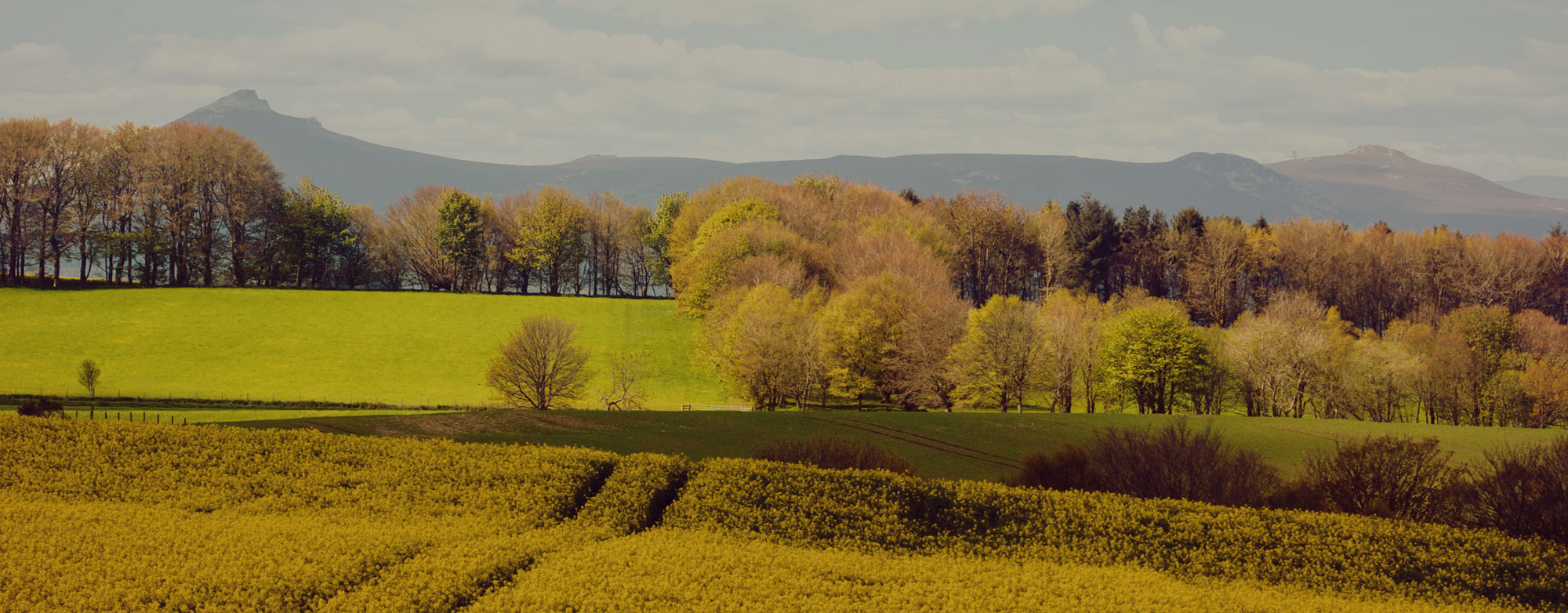
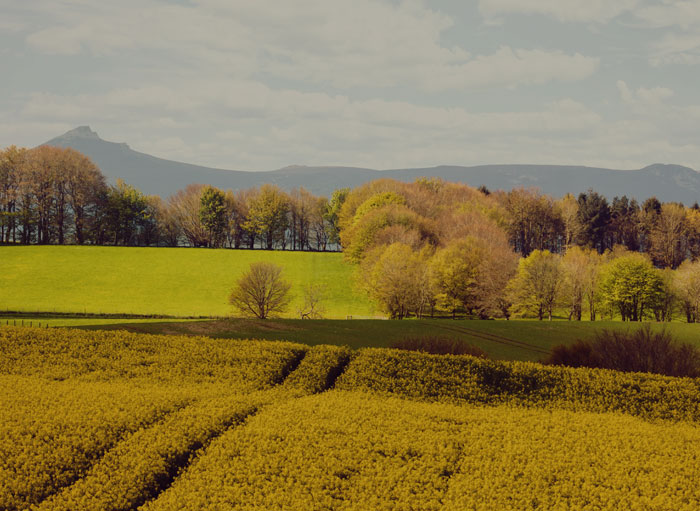


In our The Future of Gin editorial series we ask Scotland’s gin makers, distillers and brand owners their thoughts and predictions on what the future of Scottish Gin looks like. How important is sustainability, technology, geographical protection and provenance to them?
In this feature we meet Peter Sim, co-founder of Raven Spirits who, along with his brother and other co-founder Callum Sim, launched their first Scottish Gins in May 2018 – Hrafn Gin Thought & Memory and their limited edition Hrafn Gin Founders Edition. Developing their recipes at Deeside Distillery gave the brothers the opportunity to get hands-on with the distillation process and production aspects. With a background in hospitality, hotels, whisky and fine food and drink, Peter has just returned from Asia where the Raven Spirits range of Scottish Gin expressions has been well received.

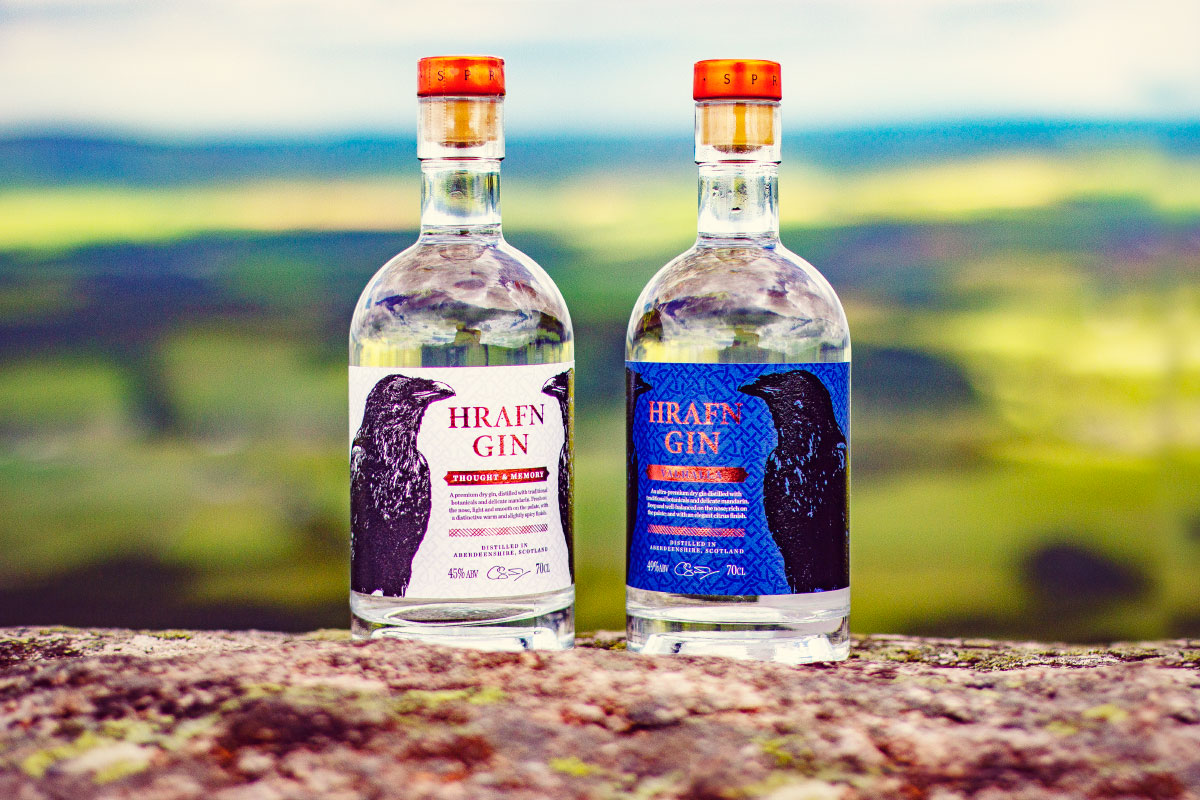
What’s your name and what do you do?
I am Peter Sim and I am a co-founder and Operations Director at Raven Spirits Limited, the producers of Hrafn Gin.
Some have said we’re currently in a gin bubble – would you agree or disagree and why?
To be honest, I am not sure what ‘gin bubble’ really means. The implication is that the bubble will burst, and I am not sure that it will. It may deflate or split into smaller bubbles! Gin has been around for hundreds of years and is one of the main spirits found in bars all over the world. Yes, there is saturation in the market – as there is in Spain, Germany and a few other countries. This will lead to consolidation, with some brands falling away, some thriving, and some being bought over. That is the way markets work. But I do not really see an implosion and a gin crisis taking place.
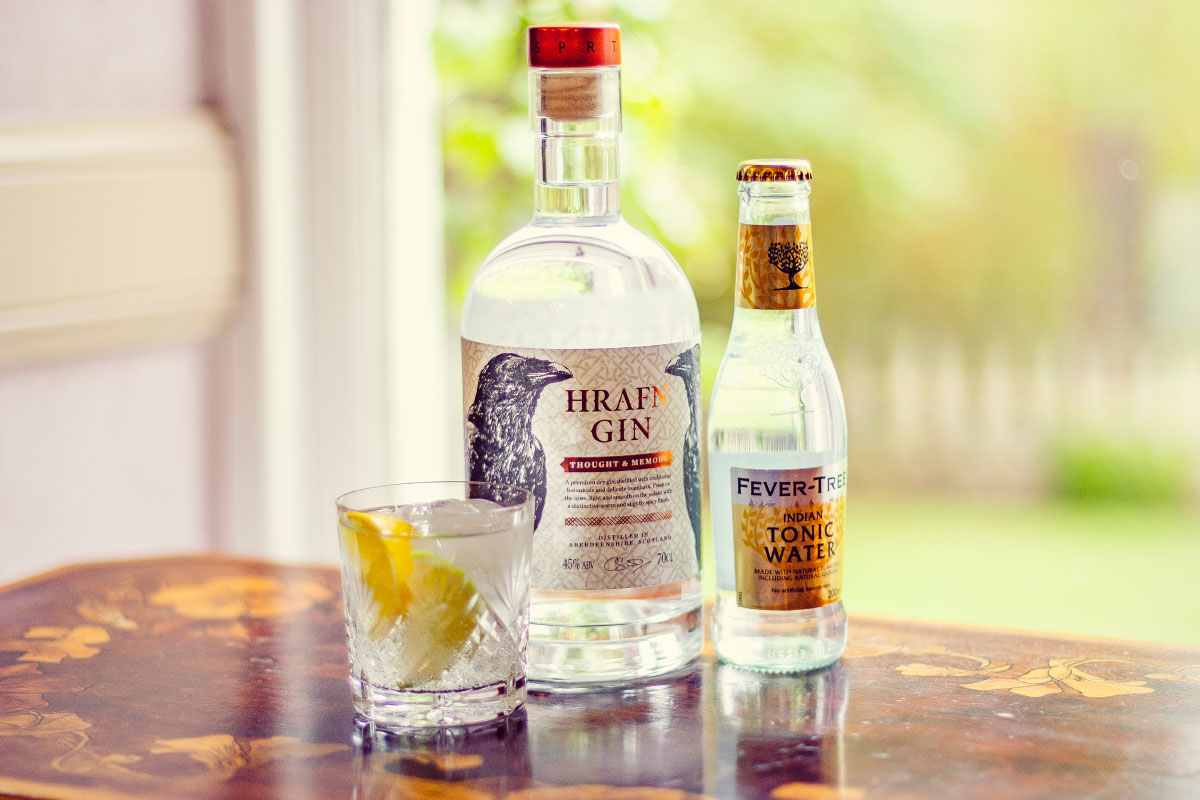

What do you think are the big issues facing Gin and Scottish Gin at the moment?
Transparency and proper regulation, or rather lack of them are the two big issues. By transparency, I am referring to proper disclosure of information so as not to confuse or mislead the market. This is a job not just for the gin makers, but also the Scottish Distillers Association and educators (industry experts, spokes-people, bloggers, etc). We need to clarify what is GIN! To me it is simple – predominantly flavoured with juniper and 37.5% ABV and above.
Blair Bowman wrote a controversial article in Cask and Still a while ago that stated that the Gin Industry needed proper regulation and transparency to be credible. He was looking at the industry through the prism of the whisky industry and the Scotch Whisky Association. He was right to make the comparison, as it shows a road map to achieving transparency and proper regulation. It would give the gin makers a framework and the industry credibility in the eyes of the consumer. This lead needs to be taken by the Scottish Distillers Association and the rules and regulations need to be formulated to encompass all makers and not just be a ‘club’ for bigger producers to control access to the market. There are good and talented people within the SDA working towards this aim and I feel confident that progress will be made.
Where do you see Scottish Gin in 5 years time?
In the future I see the number of new gin companies entering the market slowing down and the current successful companies consolidating their positions. I hope that there will be a greater focus on export and markets abroad, so as to grow production and generate more revenues and jobs. I also see the industry working closer with trade organisations and government to raise its profile and voice.

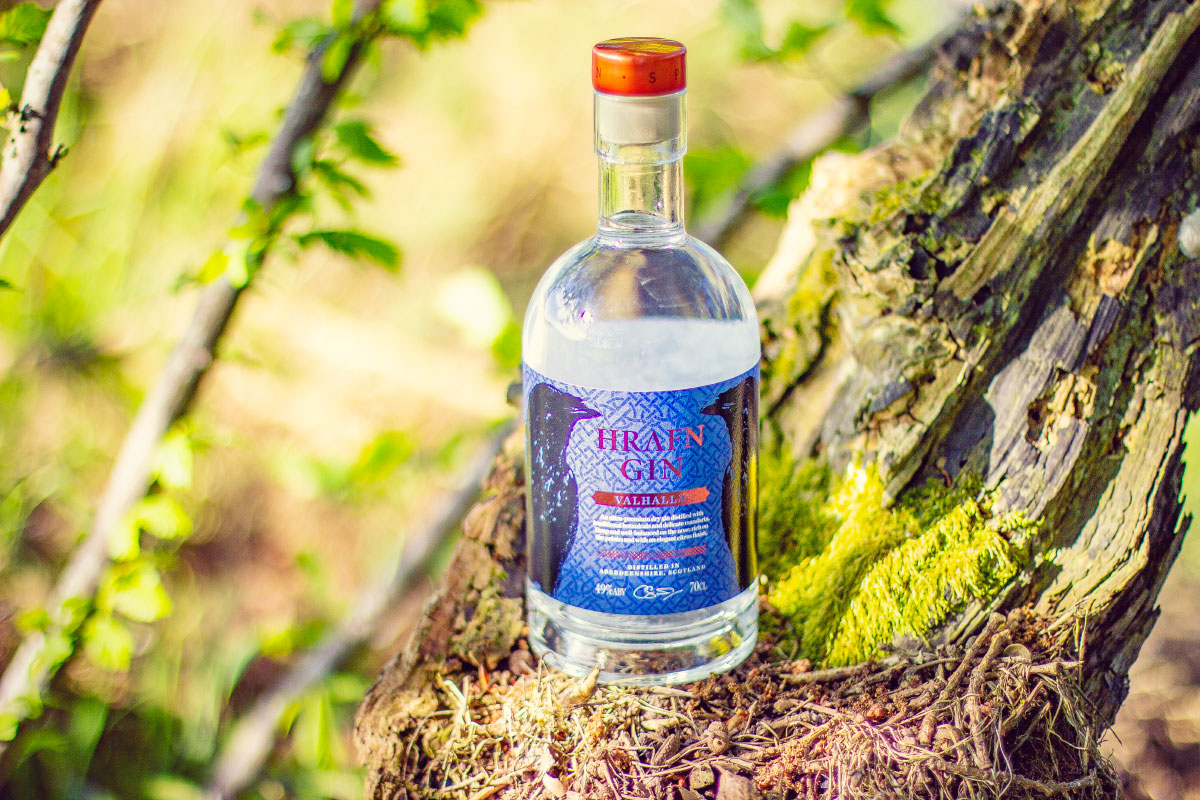
What do you think is the ‘next big thing’ in the world of Gin?
I am hopeless at guessing the ‘next big thing’. But I see brands beginning to establish house styles and offering expressions based on this. I also see new flavours and styles being developed based on experimentation and better use of technology.
We need to remember that the gin industry is made up of many markets – from entry level through to classic gins. They all have different challenges and aspirations such as chasing the next new fashion or consolidating premiumisation.
What would you like to see more gin makers doing in the future?
I would love to see the gin makers doing their own thing. Finding their position within the market and coming out with some great tasting gin. That simple.
What are the long term plans for Raven Spirits?
Here at Raven Spirits we are as committed as ever to quality and producing the very best gin that we can. We plan to further grow our portfolio and expand it into new markets. We all need to grab opportunities as they arise and so we are always looking forward.
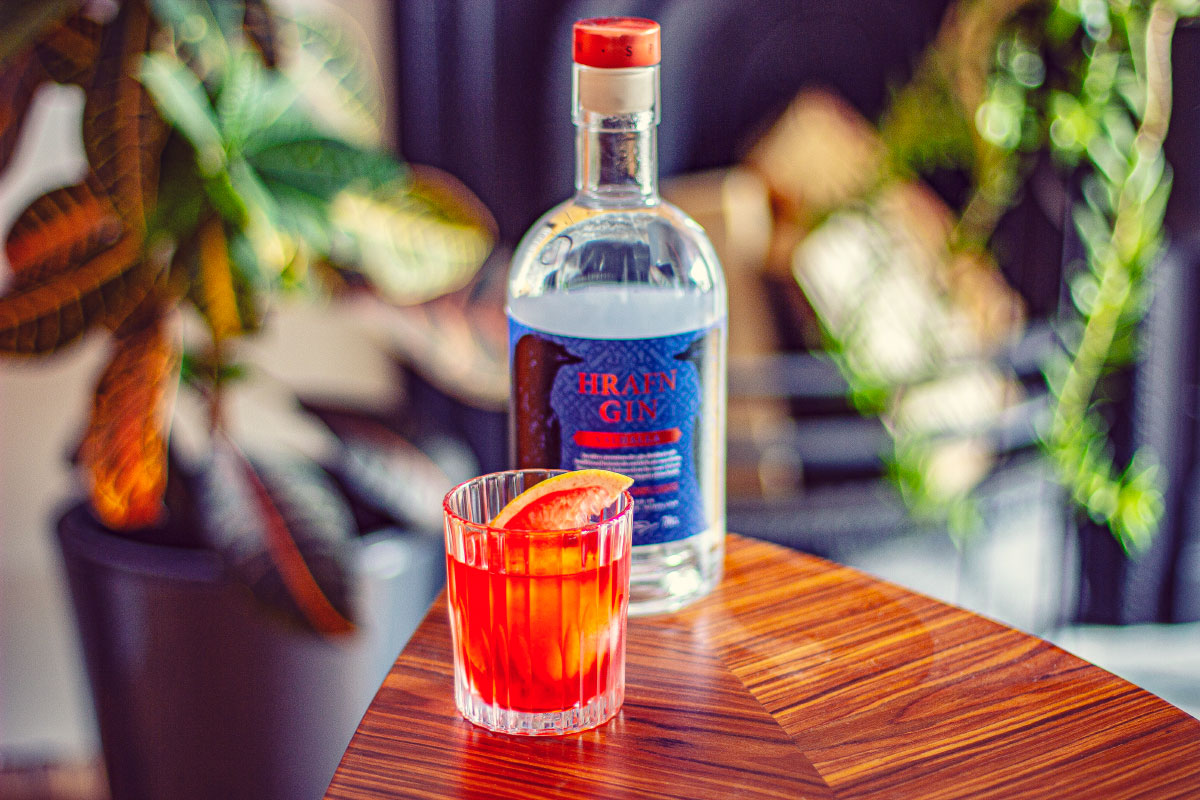
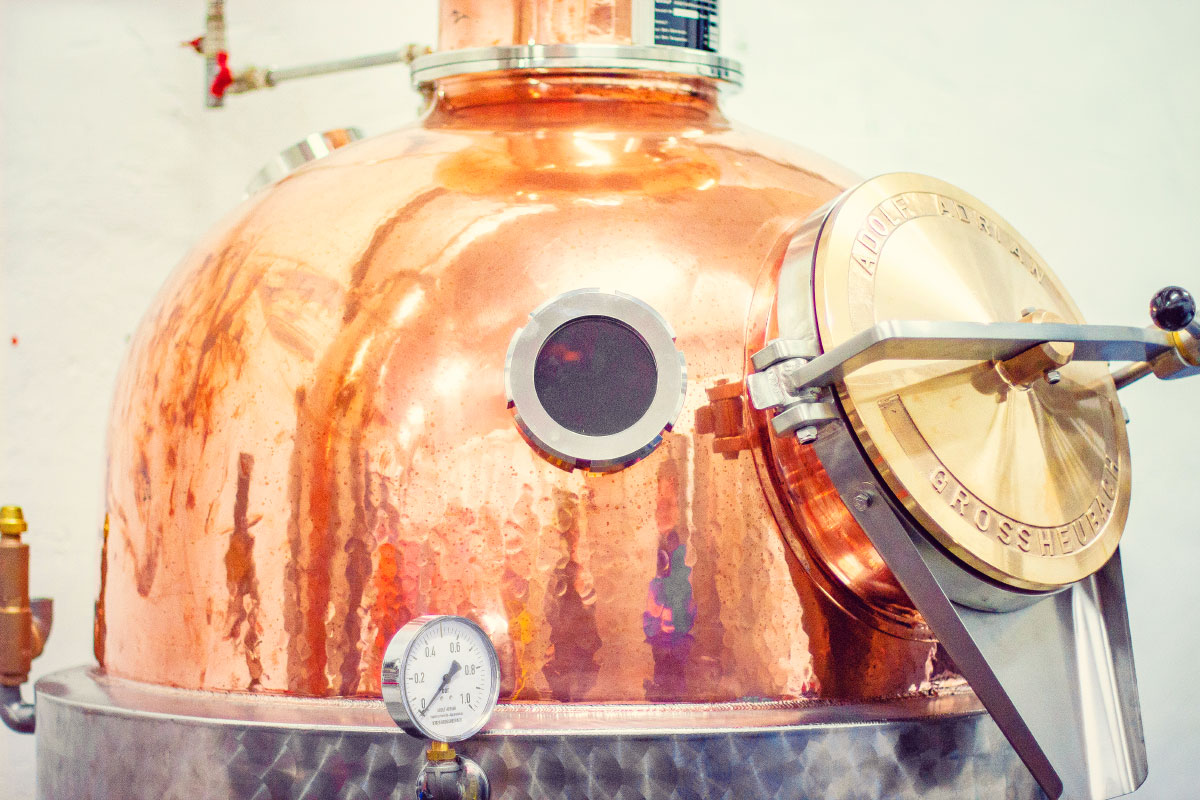
Do you think technology will play a more important role in the distillation process?
Yes, I do. Technology is a fact of life and needs to be considered. Technology can help to produce gin of consistent quality, to embrace environmental concerns and reduce waste.
Can you give an example of innovation in your business?
Without giving too much away, we use technology to regulate temperature and pressure during our distillation progress. We also use it to test our distillates to guarantee quality and the house taste of our expressions.
Would you like to see a Scottish producer making contract NGS?
I would. It also needs to be of very high quality so as to consolidate Scotland’s place in the world as the place that makes the best spirits in the world. Scotland is no place for poor quality as Brand Scotland is recognised worldwide as a benchmark of excellence.


Should gin makers have geographical protection for their gin?
Gin makers should choose names wisely and transparently. Their unique selling points also need to be able to be substantiated. Gimmicks and falsehoods are quickly sussed out by the consumer. Naming your gin brand after a geographical location needs careful consideration – it could be a good move (but it needs good reason and transparency) or it could also be a parochial introspection that backfires.
What support would you like to see available for the Scottish Distillery sector?
There is already a lot of support out there. We have Business Gateway, Scottish Enterprise, the SDI, Scottish Government and local councils. Whatever the support you need, there is someone out there who can either help you or point you toward help.
Are you finding gin consumers are more aware of provenance and want to know where a gin is made and who made it?
In the premium end of the market this is important – along with authenticity. Less so at entry level, where price and innovation are more critical. Consumers are aware, curious and discerning. They have the power to buy or not to buy certain brands and gin makers should always have this in mind when developing recipes, formulating marketing strategies and making claims. The final arbiter will always be taste.
You can learn more about Raven Spirits here.


You can learn more about Raven Spirits by visiting the links below.